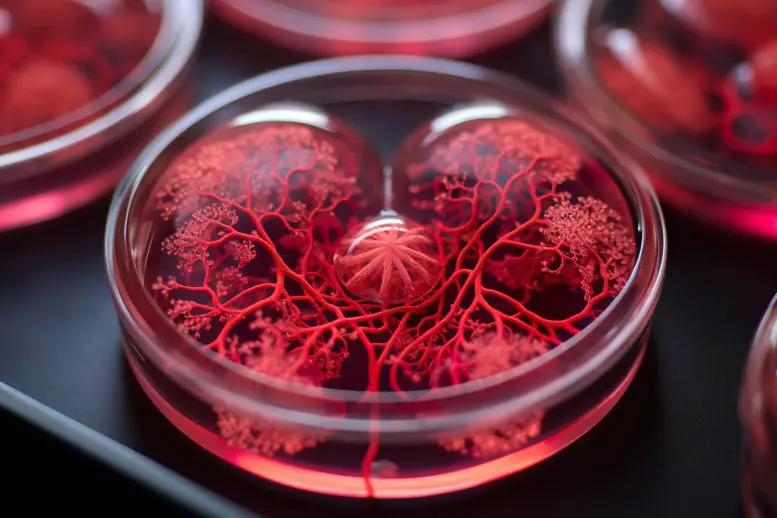The ability to make miniature hearts for research is a breakthrough in biotechnology. That thing is the next-generation tool for making organs for organ transplant. In those versions, researchers use a person's cells to create the cloned organs. Cloned organs can use in many types of research where tissues stress with chemicals or EM radiation. That thing makes it possible to map things like cancer risks.
The cloned lungs can use to test does a certain person have a higher risk to get lung cancer. And that kind of information is interesting when insurance companies sell insurance.
Another thing is that things like cloned eyes can use replacing damaged eyes. The cloned retina will fit perfectly into the receiver's eye. Things like cloned blood veins and tendon cells can use as biological stitches.
"The Technical University of Munich has successfully developed a “mini-heart” organoid using stem cells, providing a model that could enhance our understanding of heart development and diseases. The innovative organoid, consisting of both heart muscle cells and outer heart layer cells, enables the replication of patient-specific heart conditions and may reduce reliance on animal testing in future drug development. (Artist’s concept.)" (ScitechDaily.com/Unlocking the Secrets of the Heart – Scientists Create a Miniature Heart in a Petri Dish)
The miniature hearts must, of course, grow very much that they can use as organ transplants for adults. But those cells may inject genomes that make them divide very fast. Nanotechnology makes it possible that there would be DNA sequences in those artificial or cloned cells that are removing that genome, which makes them divide very fast.
The problem with cloned cells and organ transplant is that those cloned cells are needed very much. The organ that grows in a petri dish is very small. In 2D tissues like skin cells, the system can use PCR-cloned DNA and then just put any kind of cells on the layer. Then the system just changes DNA from those cells. Things like skin and retina cells can grow like that.
The 3D printing systems where cells are grown in nutrient solution separately allow the possibility to print things like complicated organs. cloned bone cells can transfer to the broken bones by simply injecting them to injury. That technology is not ready yet for making full-scale complicated organs like hearts and kidneys.
Things like working hearts require that those cells are injected precisely in the right place in a 3D structure. The problem is that those cells must stay alive during the entire process from the beginning of the printing process. To the organ transplant surgery. In that system, the 3D printer drives living cells to 3D structures. But the thing that makes it difficult to print organs is that there are lots of different cells in those structures.
Cloning single cells by changing their genetic material is quite an easy process. The system just pulls the original genome out from the cell. And then the replacing genomes will inject to those cells nuclei. The problem is that in organs are lots of cells. In some visions, the organ that will transplant into people will inject by using artificial viruses. Those viruses will transfer the genome to those cells, that will destroy their original genome and replaces them with transplanted genetic material.
https://scitechdaily.com/unlocking-the-secrets-of-the-heart-scientists-create-a-miniature-heart-in-a-petri-dish/



No comments:
Post a Comment
Note: Only a member of this blog may post a comment.